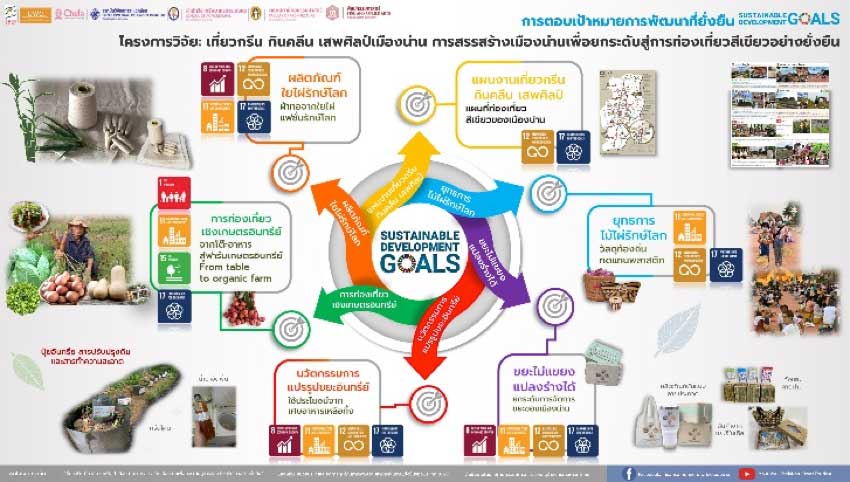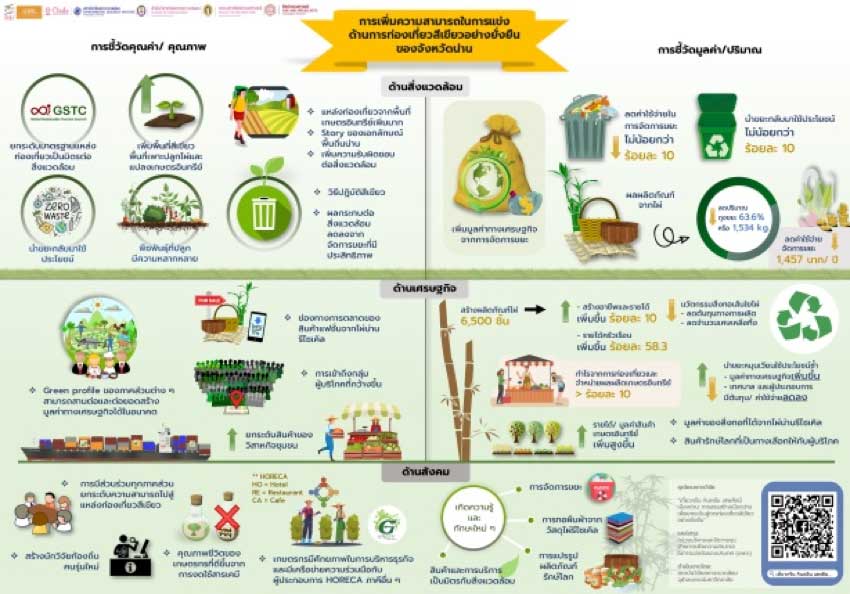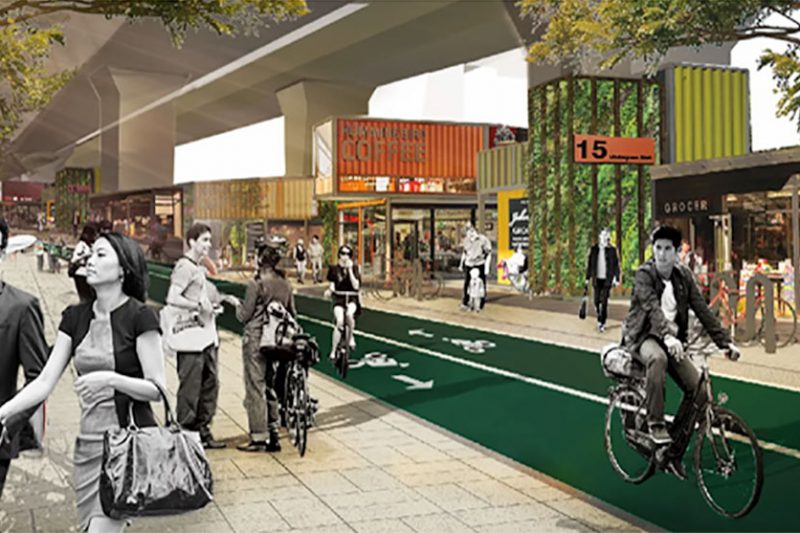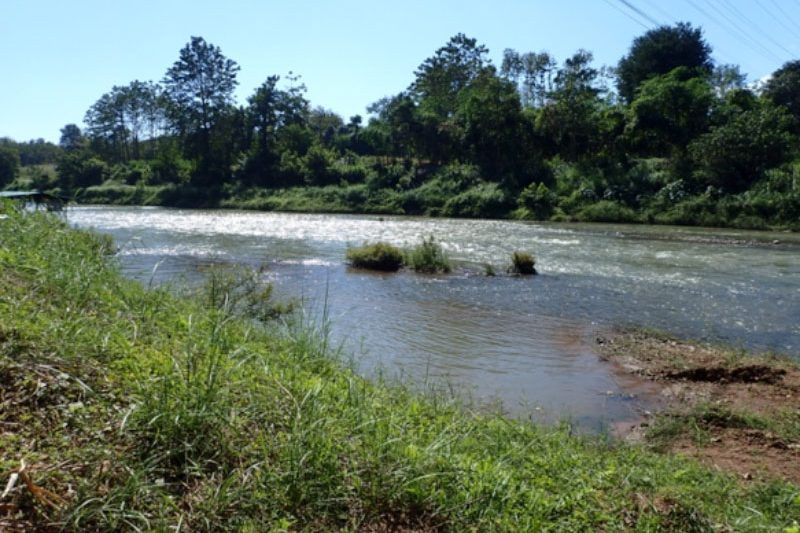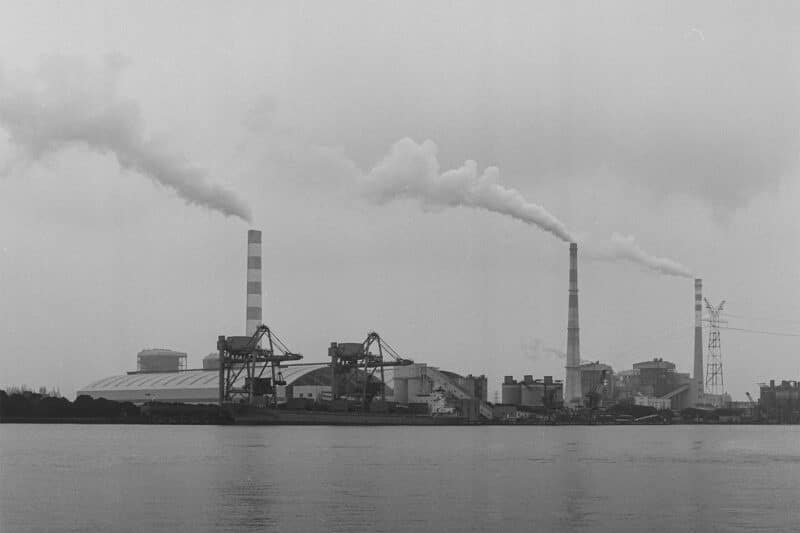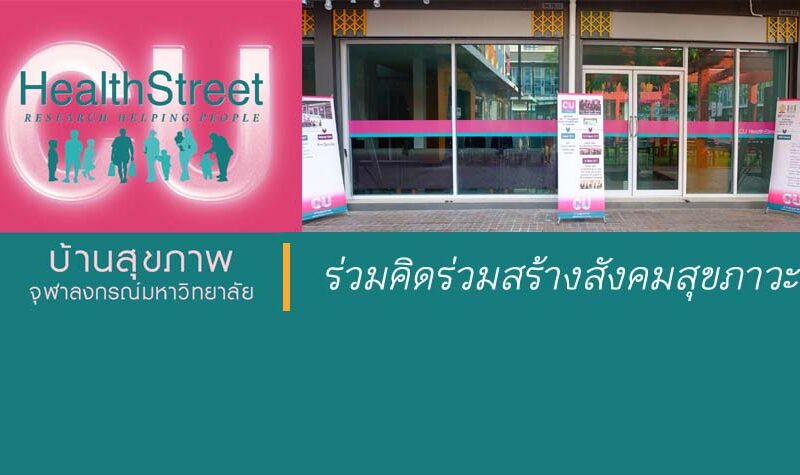Chula promotes tourism in Nan for balanced and sustainable growth with “Travel green, eat clean, and admire arts in Nan” program.
Vision of “Nan” province is “the city of happiness, creative economy, perfect nature, abundant agriculture, tight-knit community, and sustainable tourism”, Nan has therefore formulated a strategy for the development of balanced and sustainable tourism growth, in order to be a city that can accommodate tourists sustainably using the following 5 key strategies to achieve the goal: 1) Searching, improving, and restoring tourism resources creatively and sustainably, 2) Managing government and local government sections for the development of tourist attractions, 3) Developing capability of human resource in tourism, 4) Managing tourist attractions in dense tourist areas, 5) Upgrading tourist attractions for universality and sustainability.
The implementation of various strategies to promote and stimulate tourism in Nan province based on art and culture, nature, and showing the uniqueness of the locals resulted in the continuous growth of tourism in Nan province and generated income for the tourism industry in Nan which is worth approximately 3,000 million THB per year. The Center of Tourism Research and Development, Chiang Mai University has also revealed statistics on the number of tourists visiting Nan province, the peak is in November 2020, with more than 100,000 people, which is considered the highest record.
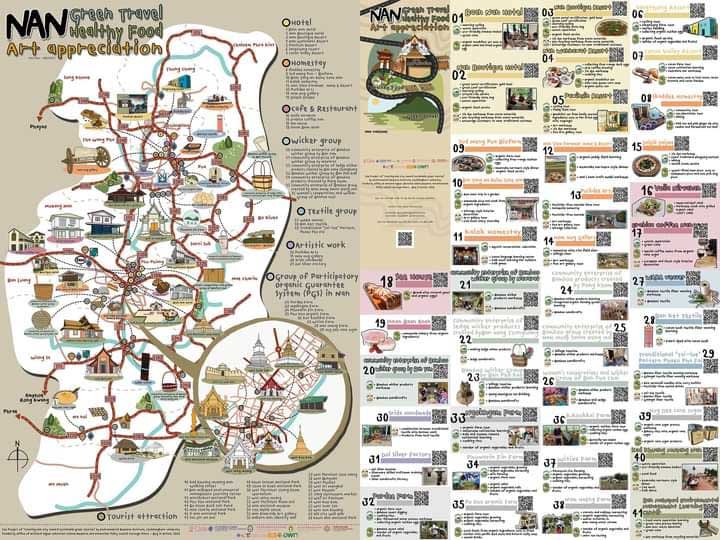
However, in the aspect of creating balance and sustainability while simultaneously stimulating the growth of tourism industry of Nan province, there are still problems and consequences affecting both society and the environment, namely:
1) Urban communities; a large amount of waste was found in landfills of Nan municipality due to the lack of waste minimisation from the source, especially the expansion of the tourism sector which affects the management of single-use plastic waste, including waste from the household sector.
2) Agricultural communities; found the use of agricultural chemicals in large quantities to produce and export to meet the needs of the industrial sector, yet still cannot sufficiently and safely produce for consumption within the province.
3) Lack of resource utilization and circular production of local products, mainly focusing on imports from outside the province.
4) Lack of connection between the green tourism market and the identity and culture of the province.
For this reason, the Environmental Research Institute, Chulalongkorn University undertook a mission to create balance and sustainability for Nan province, additionally, they received research funding from the Program Management Unit for Competitiveness (PMUC) and Office of National Higher Education Science Research and Innovation Policy Council (NXPO) to initiate the “Travel green, eat clean, and admire arts in Nan” project to enhance the capability of Nan Province to be able to manage green and sustainable tourism with an economic model for sustainable development (BCG Economy) which consists of bio-economy, circular economy, and green economy, integrating knowledge of science, technology, social sciences, and fine arts by emphasizing the participation of stakeholders to take a part in the implementation of this research project, to be able to meet the requirement for local economy development under the 3 dimensions of green tourism elements as follows:
1. Green tourism is zero waste tourism. Tourists can choose to buy products made from renewable or reused local materials, the waste produced by tourism activities can also be managed to create value.
2. Clean eating is consuming food from local and environmentally friendly sources with a participatory guarantee system (PGS) by converting organic production into green tourism destinations that connect both producers and consumers through tourism routes.
3. Admiring arts is consuming the valuable identity and culture of Nan province. Create value that is accessible, leading to the production of environmentally friendly consumer products, local and renewable materials can be reused in a variety of ways to create travel experiences that imitate “The way of life of Nan people” for the tourists.
Environmental Research Institute initiated 5 research projects, namely 1) Bamboo saves the world: local materials for plastic substitution, 2) Garbage is not disgusting – transform the waste; sustainable waste management in Nan municipality, 3) Innovation in organic waste processing produced by tourism activities for community use, 4) Developing a prototype of agro-ecotourism with participation, 5) Converting cultural capital for creative tourism; transforming bamboo fiber technology into sustainable fashion lifestyle products. Combining all elements to create and develop into a Green Tourism Route Map to represent green tourism routes in environmentally friendly tourism areas, driving “Eco Demand and Green Supply” in order to increase balanced and sustainable tourism growth to achieve the goal in accordance with the strategy of Nan province.
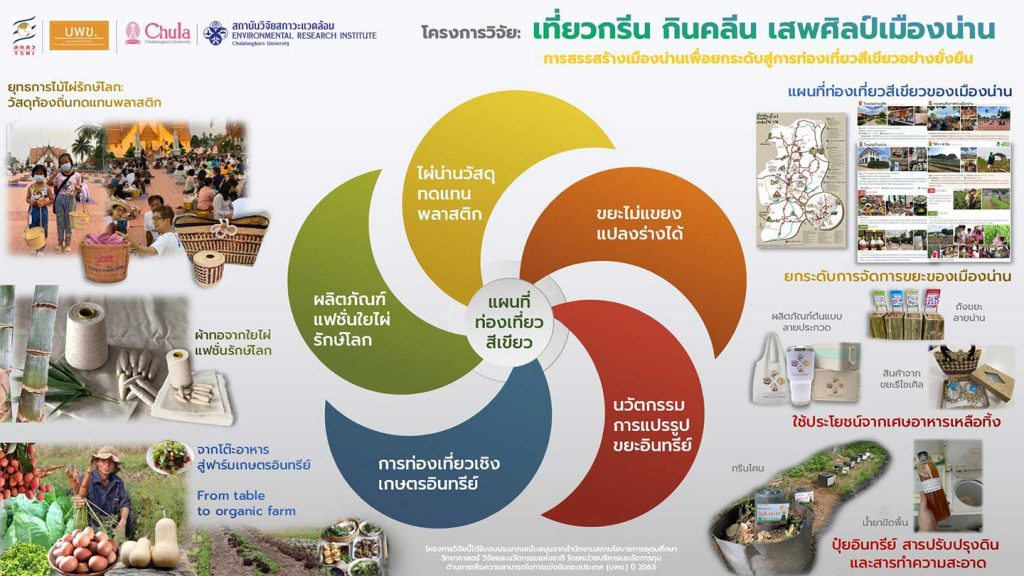
BY
Environmental Research Institute, Chulalongkorn University
Related articles:
- https://husechula.wordpress.com/2021/10/12/greentravel/
- https://eric.chula.ac.th/research
- http://www.nancity.go.th/page.php?pagename=menu_view&news_id=16&menuid=2&n=%BB%C3%D0%A1%D2%C8
- https://www.youtube.com/watch?v=lsBn-gDXQYA
- https://www.youtube.com/watch?v=CAAXs0gKt1E
- https://www.facebook.com/173823179337452/posts/4226743484045381/?d=n
- https://nanud.com/%E0%B9%80%E0%B8%97%E0%B8%B5%E0%B9%88%E0%B8%A2%E0%B8%A7%E0%B8%81%E0%B8%A3%E0%B8%B5%E0%B8%99-%E0%B8%81%E0%B8%B4%E0%B8%99%E0%B8%84%E0%B8%A5%E0%B8%B5%E0%B8%99-%E0%B9%80%E0%B8%AA%E0%B8%9E%E0%B8%A8%E0%B8%B4/
- https://thainews.prd.go.th/th/news/detail/TCATG201016163050624
Others

